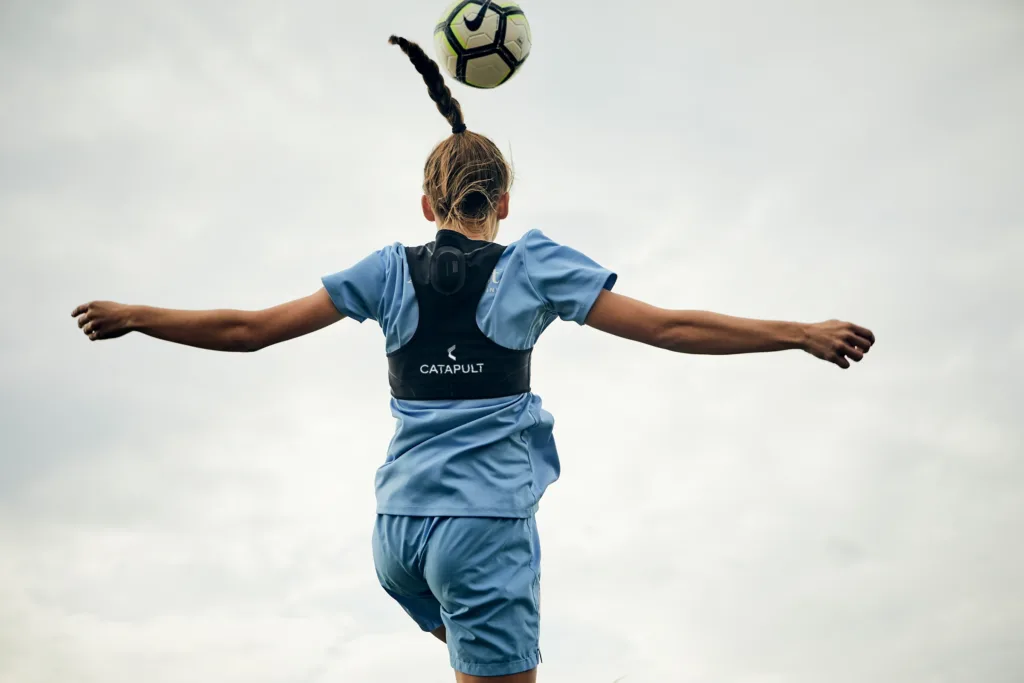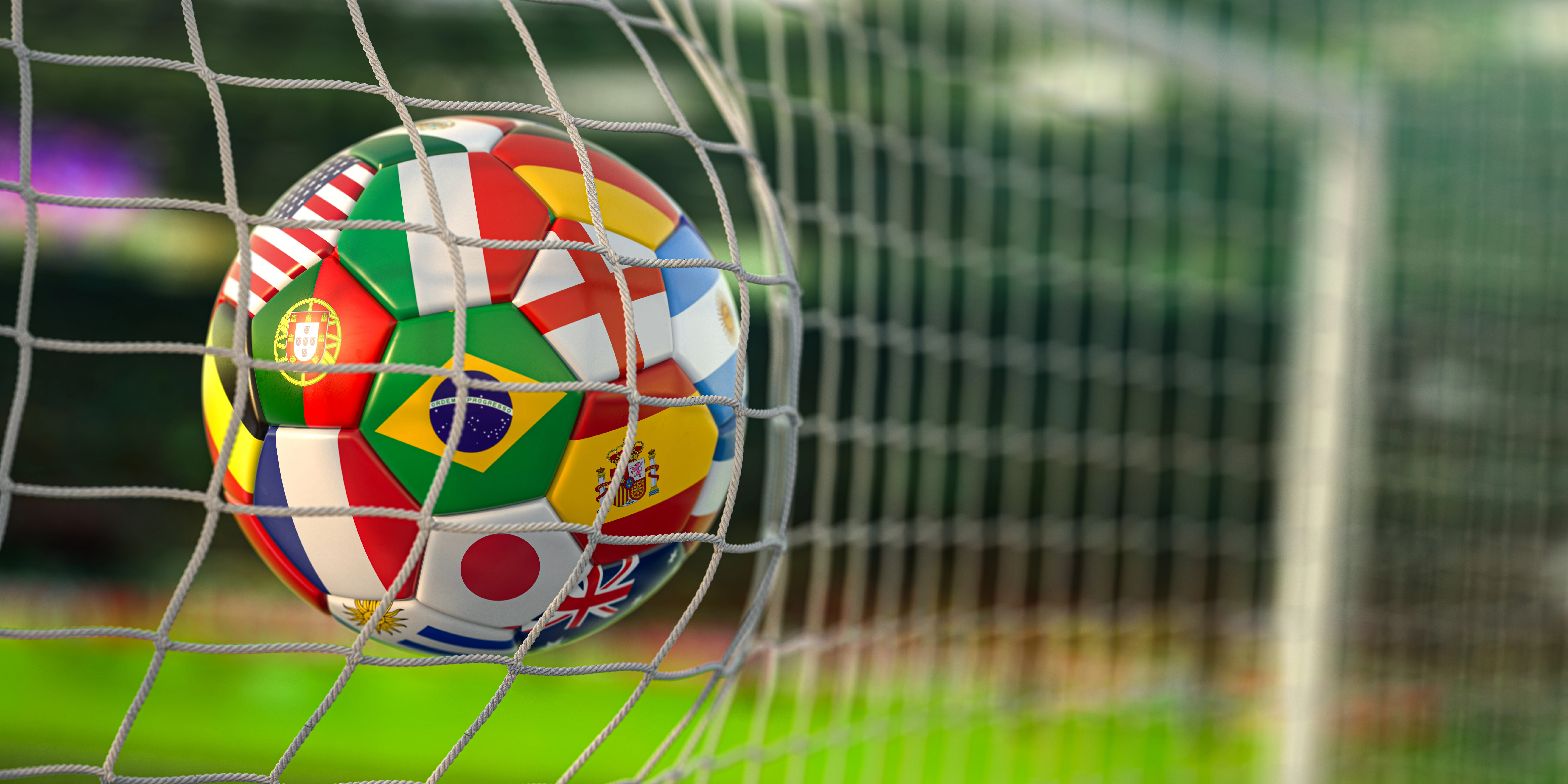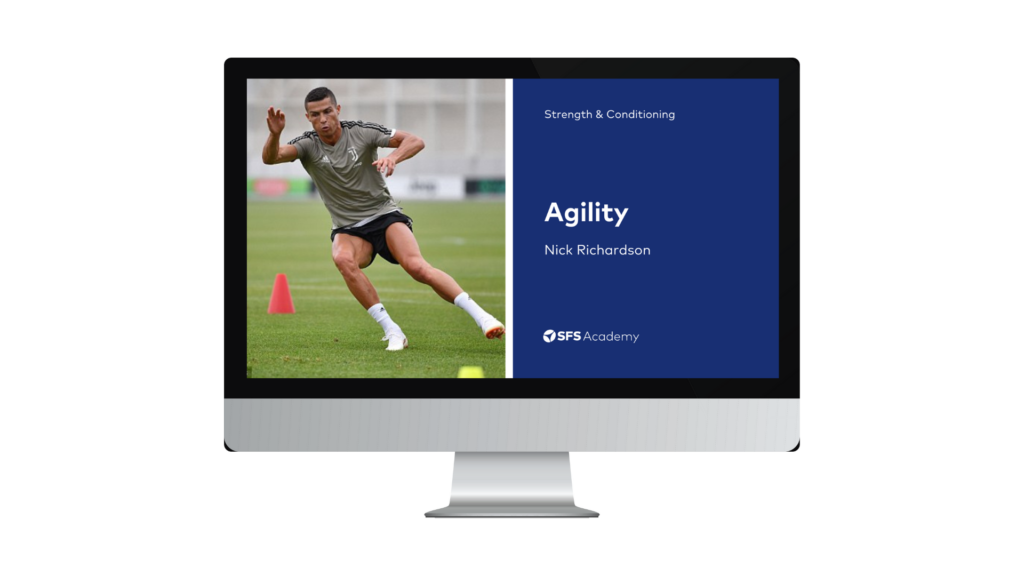About this Episode
In episode 144, Luka Milanovic, Head of S&C at the Croatian Football Federation, joins us.
Specifically Luka will be looking at:
- How Croatia overperform with a population of only 4 million
- How Croatia used the gym during the world cup
- How recovery was used
Have you ever wondered what goes on behind the closed gym doors at the World Cup? I have, and that’s why we asked Luka Milanovic to join us on the Science for Sport Podcast.
Milanovic is an Associate Professor at the University of Zagreb and pulls upon his twenty-four years of coaching experience in his role as the Head of Strength and Conditioning with the Croatian National Football Team. The very same Croatian team which lost in the final to France in 2018, and finished third in 2022, while having a tiny population of just over three million people. So what makes the Croatians so successful? According to Milanovic, it’s resilience.

“It is not easy to grow up in Croatia because you need to develop some kind of resilience. You need to be resilient in your classroom, in your locker room, in your street to be able to survive,” Milanovic said. Next to this, physical activity is a massive part of everyday life.
“We are fortunate enough that our kids are still playing a lot outside, they are involved in biking five to ten kilometres per day. Practically all of our players now in the national team grew up playing outside a lot, and I’m confident that that helped them to develop,” Milanovic said.
Before we kick off with the football talk (pun intended), including the fascinating insights into life at the World Cup, it’s important to frame the context of the latest World Cup, which is vastly different from previous years.
“It was a different World Cup than, for example, the last one, especially in terms of the schedule. It was right in the middle of the season. So some players played only twenty or twenty-five games, which is actually perfect for us because the last World Cup in Russia was like 50 to 60 games per player,” Milanovic said.
This means that fatigue levels before the competition kicked off were far lower than in world cups which have been traditionally played at the end of a season. When it comes to monitoring that fatigue, Milanovic places a large importance on paying attention to what his players are telling him, both verbally and non-verbally. Next to the use of traditional data, of course.
“We make our decisions based not only on numbers, but we like to view data as eyes, ears, numbers in that order,” Milanovic said.
This is not to say that hard data is unimportant, just that data can also be gained from simply talking with and listening to the players. That hard data can be wide-ranging, as before the start of the national team training camp, the coaches are busy collecting mountains of data from each player.
“So before the competition, we gather all of the information from the players directly, but also from their personal trainers, and from the clubs. We get the reports from the last month so that we know what was going on,” Milanovic said. Interestingly, the data that is collected is individualised to each player based on their wants and needs. Milanovic gives the example of one player who used to wear a sleep-tracking device, only to stop with it a year later.
“Now he says, I don’t want to wear a ring because that’s too much for me. I think I sleep well. And then if I wake up in the morning and see the report, okay, I didn’t get enough deep sleep stuff that is going to mess me up, you know?” Milanovic said. In this way, there are no compulsory methods of data collection, just a discussion with the player as to what they prefer and how the staff can help them.
But what about the gym? Well, it turns out that the same individualised approach was taken for the gym-based sessions too.
“In these 36 (World Cup) days, we had 30 individual gym sessions in the morning. Actually, everything that’s off the pitch, it’s extremely individualised and it’s not mandatory,” Milanovic said. Obviously, this is a massive insight and a complement to the players who are able to be a massive part of their own process. But was it the case that everyone skipped the gym and took a lie in? Absolutely not.
“Out of 26 players on average we had 18 players coming in. So not always 18 players every day, but on average 18 players in the gym,” Milanovic said.

But what actually happens in those sessions? Well, again, that’s highly individual.
“It’s such a wide range of programs, from low-intensity muscular endurance type of programs to high-intensity power programs, for example, and even match day for some players. So such an extremely wide variety of programmes, but everything is individualised,” Milanovic said.
So there you have it, behind the scenes at the World Cup, it’s a highly individualised approach looking to ensure each player is ready for performance when called upon.
If you’re interested in hearing the full podcast, including loads more details on how Milanovic trained the Croatian National Football Team at the World Cup, hit the link below to listen to the whole interview.




